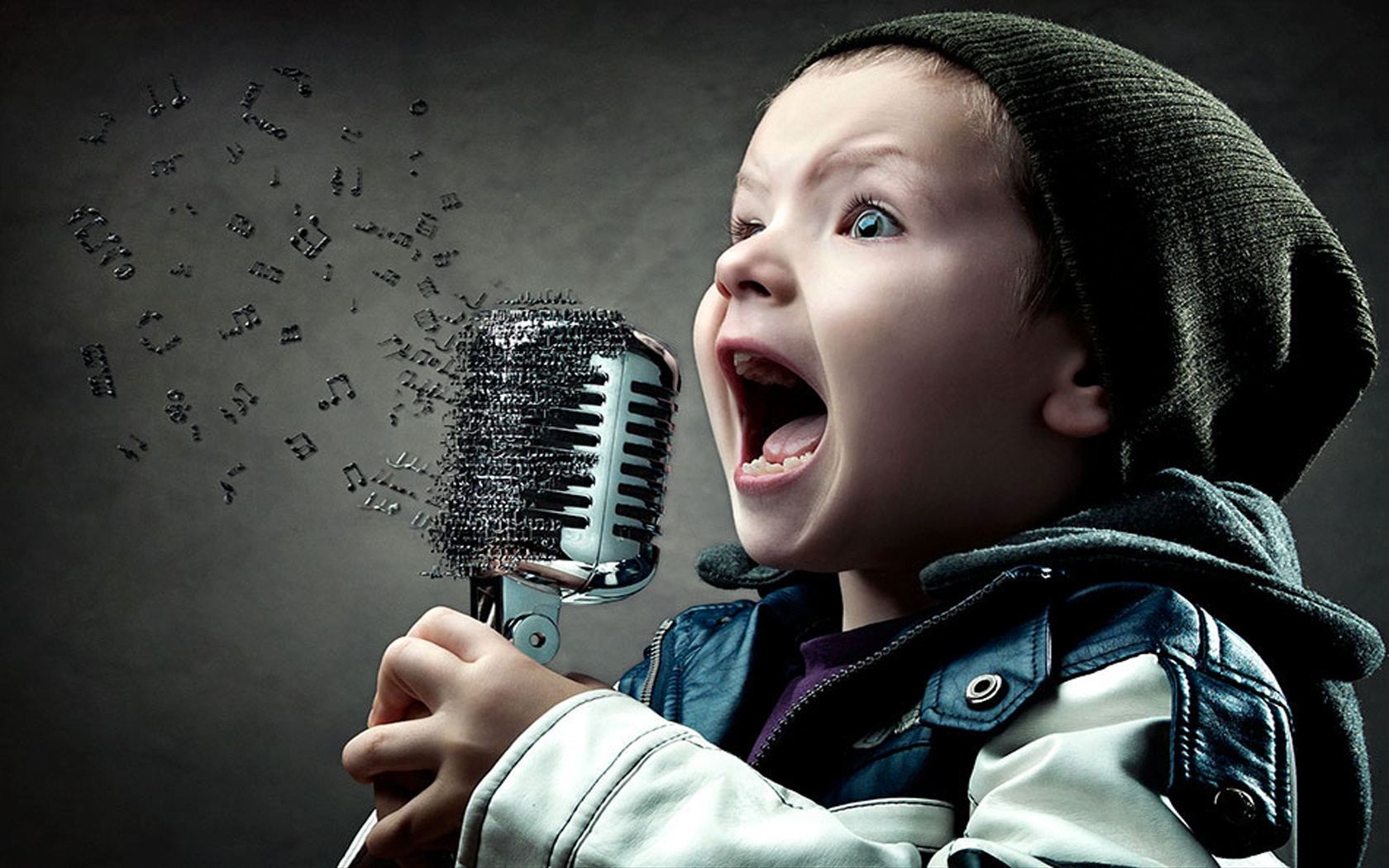
The child needs to develop musical abilities from early childhood. Parents should learn what includes this development.
The content of the article
- Features of the musical development of children by age
- Video: Child Music Development
- The role of musical education in the development of the child
- Musically rhythmic child development
- Video: Musical lesson for children 1-2 years
- The development of musical hearing in children
- Exercises for the development of musical hearing and rhythm in children
- Video: Music lesson. The development of musical hearing
- Musical game for child development
- Music development of children 4 - 5 - 6 years
- Music development of children in elementary school
- Video: Child Music Development
A small child gradually and confidently improves his skills based on biological and physiological development: first he learns to hold the head, then smile, sit, crawl, walk, talk, hold a spoon and so on. Also, on the basis of the characteristics of the physiology of the child, it can be developed from him and musical abilities.
Features of the musical development of children by age
Naturally, at each age in the development of the child there will be their own characteristics.
Auditious sensations are gradually developing, musical hearing, then a peculiar emotional responsiveness to the sounds of music and musical compositions. Later, elementary musical skills performed subsequently acquire.
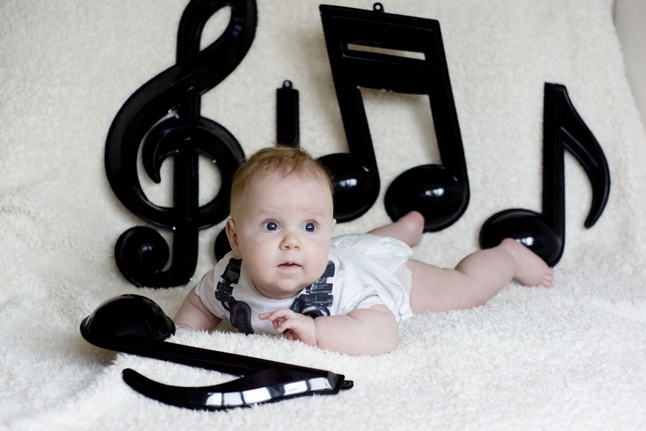
From simple sensations to complex skills: the child's musical abilities are developing gradually.
- So, for the first year of life, the child is characterized by the simplest response to music and musical sounds. The child can shudder with loud and sharp blows of the drum, to be animated, having heard melodious tunes or calm down the lullaby mamina. By the end of the first year, the child is able to imitate certain intonations of the surrounding and communicating with it adults
- In the second year of life, the child becomes more active in all respects, including both musical. It can already distinguish voice timbre, high and low sounds. He may try to sing the end of the phrase of the song, accompany the impaired melody by movement - to bother, pour, twist your head, smile, spin
- The period 3 - 4 years is very important in the development of the child. His actions and speech are already more confident, the muscular-proprietary machine becomes stronger, the child has a desire for independence. Also actively manifests interest in music and rhythm. Children at this age are happy to join and sing songs, dance in the dance, circling and perform the simplest dance movements
- In 5 years, the child even more actively knows the world. He is interested in everything: the names of things and items, their device, how and why everything works. Frequently asked as a child question "Why?" Specifies to the desire of a small person to understand causal relationships, tie phenomena and find differences. In physiological terms, the five-year plan becomes very movable. It is able to confidently perform the main movements - running, jumping, climbing. All this contributes to the development of a feeling of rhythm in a child. Also at a 5-year-old child, the voice becomes more ringing, and the child is already able to manage them. Every is more manifested. Musically, a five-year-old child also has significantly significant development. He feels, understands and able to reproduce joyful and sad notes of melodies, high and low sounds, to make sounds quiet or loud. The five-year plan can dance in tact of melodies or rhythm
- Pre-school age 6 - 7 years. Children of preschool age or younger school, aesthetic feeling is largely developing. Children at this age are not just understood in the intonation of the musical work, but also in a state themselves characterize it. They can listen to music carefully and allocate individual parts of the musical composition. The musical and auditory apparatus of the child is ready to perceive and reproduce the notes during singing and the further development of musical hearing
At this age, children can already find expressive means for creative performance of songs and dance movements to the music.
The voice of a six-seven-year-old baby call and can be fired, his voice range is quite wide
Important: If the child is developing in a musical plan, in 5 years he can already distinguish the basic tools - piano, guitar, accordion, drum, violin, etc. It is from this age that you can start teaching the baby to the game on them
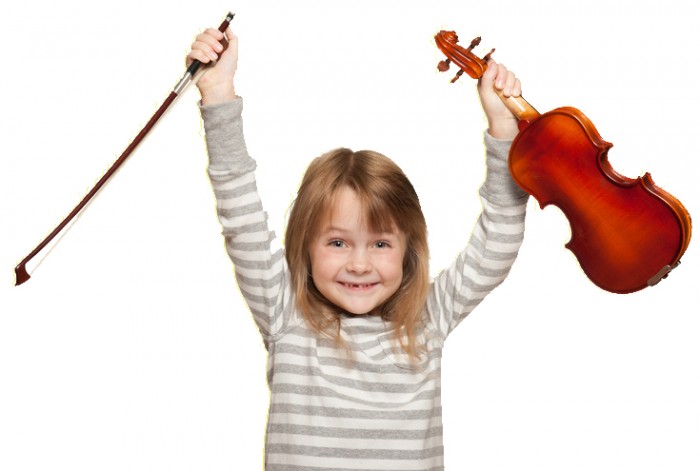
5 years - the best age to start playing on a musical instrument.
VIDEO: Child's musical development
The role of musical education in the development of the child
- As you know, music and rhythms have always been an indispensable attribute of human civilization. Musical accompanies performed sacred and cult functions in early societies and were the highest manifestation of an exquisite aesthetic feeling in late civilizational forms
- Therefore, as soon as possible, the musical development of the child will contribute to his personal development, and the development of its aesthetic taste, and, in general, the formation of its value attitude to the world
- If the child is engaged in music, his mental activity becomes more active, its both brain hemisphere develop at the same time
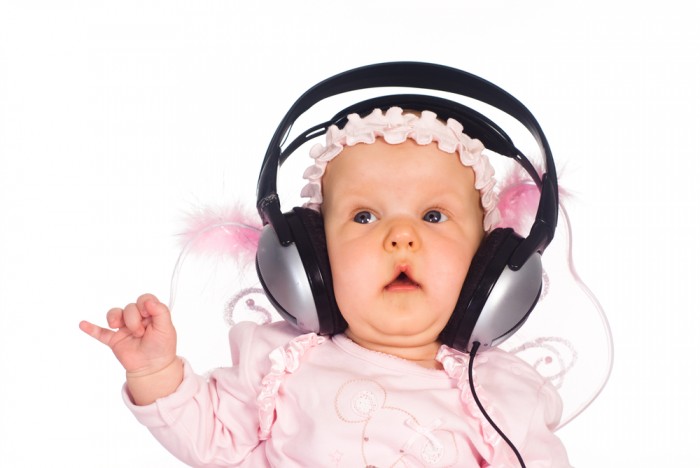
To form a musical taste of a child's parents should still be in early childhood.
- A very important factor for a child of preschool age, the period, when a person is being formed, is his environment, and, first of all, the family. Parents must try to form a child's musical taste as early as possible, even if they do not play musical instruments
- It is advisable to make a music teacher with a child from early childhood to teach him musically auditory and lade ideas, the feeling of rhythm, reproducing the voice melody and the like
It is also important to teach the child to listen to good music and talk with him about his impressions about her.
The best age of the child for first active music is preschool.
Important: Scientists from Canada found out that if a small child begins to engage in music, his memory improves, mental development is accelerated, attention is focused. Such children become more competent and more capable of mathematics
Musical aesthetic child development
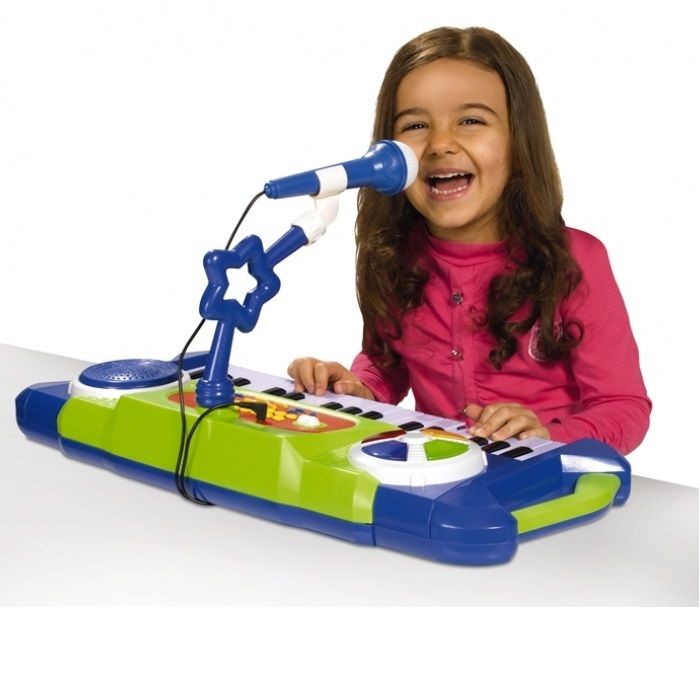
Development Musical directly affects the development of general: memory, perception, the child's speech is improved.
- Modern pedagogical trends that are based on numerous studies and observations are reduced to the fact that, if we are talking about music, this aesthetic sphere is quite accessible not only to talented and gifted children, but also to any child. The main thing is to start instilling the child aesthetic taste on time, the ability to listen and understand music, because it is in childhood a common culture of the personality
- What the child suffered in childhood in childhood, over time, it is more difficult to crash, considered the famous teacher V.A. Sukhomlinsky.
With music, in addition to the development of intelligence, spiritual and moral ideas and identity needs are formed. Music is able to awaken the best feelings in the soul of man, to do it noble
Musically rhythmic child development
- We instill love and the need for music to a small child best with musical and rhythmic activities, namely, dancing, interesting exercises to music, music games. With their help, the child is improved motor skills and skills, a sense of rhythm develops, musical memory
- If the child is glad to move to music, not only its motor abilities develop, but also a musical hearing. All this is controlled by the corresponding brain departments, which also receive their development.
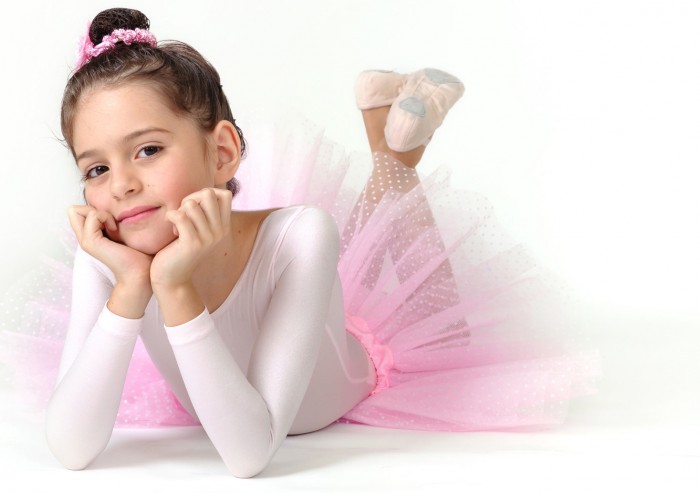
The child needs to be learning not only to listen to music, sing or play musical instruments, but also move in rhythm with melody.
Music organizes movements, teaches a child of space-time orientation.
The musical and rhythmic development of the child allows:
- teach to understand music, her mood
- extend musical circle
- develop musical rumor and rhythm
- improve musical memory
With the help of rhythmic movements in the child develops:
- dexterity and accuracy of movements
- plasticity and stamina
- ability to coordinate movements in space
- improves posture and gait
- enriched and become beautiful movement
In addition, it happens:
- development of imagination and fantasy
- development of creative abilities and skills improvise
- concentration of attention and other
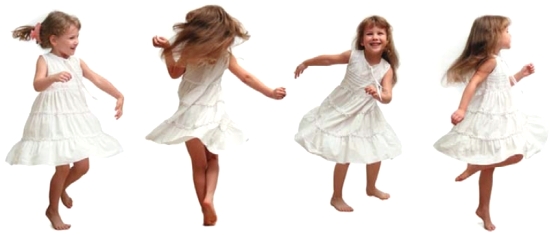
Dancing, the child is creating.
VIDEO: Musical lesson for children 1-2 years
The development of musical hearing in children
The concept of musical hearing includes:
- sense of rhythm
- feeling Lada
- ability to distinguish notes and tonality
- other
A child's musical rumor needs to be developed. For some children, such development will be easier to occur, some will be more difficult. But it is necessary to start the development of hearing in as early as possible a child.
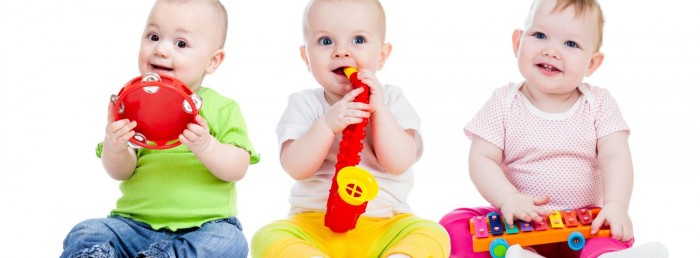
Starting to develop a child's musical rumor needed even in early childhood.
To do this, you can carry it with different games, because it is not necessary to "add" a child to some musical instrument. It is enough so that in the house from time to time there was good quality music, and she was not just a background for the pastime, and something would have focused on it, you would tell you about something.
Exercises for the development of musical hearing and rhythm in children
No need to force a child to engage in music. For young children, all learning should be based on the game, on exciting and unobtrusive classes.
Play with the child (from 3 years and older), for example, so.
Exercise number 1: Knock fingers to the rhythm of the song or other musical form. You show how the rhythm of tapping fingers of hands, and the child repeats after you. Perhaps you have at home a toy xylophone or other improvised toy for this
EXERCISE № 2: Let the child listen to different musical instruments, and then play a game of "Guess": a musical instrument sounded
EXERCISE № 3:Play a game of "Confusion." Hum one verse a friend of the child children's song, and another verse from another take. Let your child to unravel the confusion in the song
EXERCISE № 4: Think of a musical fairy tale. Include your child in it as an actor. Let different characters sing different songs or dancing dancing to the music, and the child also will choose for themselves a song and dance
EXERCISE № 5: Organize a house concert. It let them take part as many family members as possible. You can coincide with a concert for the holidays or birthdays
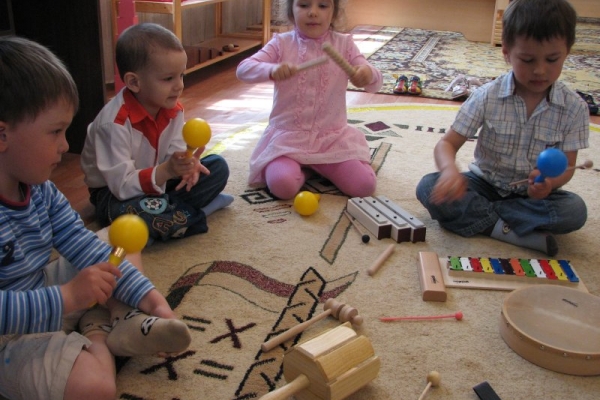
Home concert - a fun game and an exercise on the development of musical abilities of children.
VIDEO: music lessons. The development of an ear for music
Musical play for children's development
A few more versions of games for your child:
- For sure your kid has a toy musical instruments.
Play on some of them and hide tool. Let your child find the right sounding - Arrange mini-disco. Turn on the music and dance with a child. Let him repeat the movement for you and improvises himself
- Arrange karaoke. If there is special equipment - good. You can well do children's microphone
VIDEO: Musical didactic games. Musical development of young children 2
-3 years
In 2 - 3 years old baby with pleasure will slam you into her hands. For example, sing part songs, pause pause and clap her hands in time to the music first with the baby, then wait for it to slap myself.
Humming child nursery rhymes and try to make it up to you repeating simple sounds and rhythm.
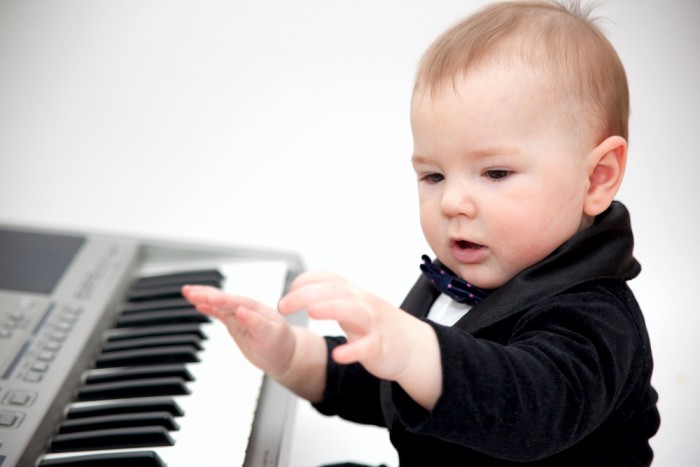
In 2-3 years, the child is already taking an active interest in music.
The musical development of children 4 - 5 - 6 years
If the child attends kindergarten, there is, of course, provided music classes, which holds a professional music teacher.
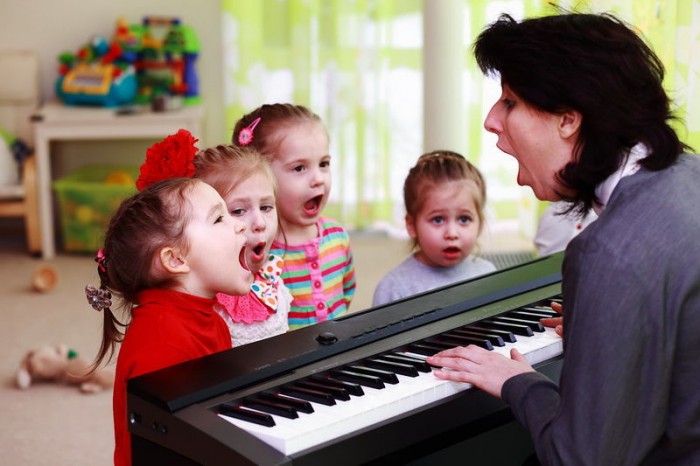
Musical development of children in the kindergarten is actively engaged in music teacher.
There are also various educational circles and aesthetics schools, where children can teach musical literacy, and some dance movements, and carry out comprehensive classes with it.
However, work with the child with music and rhythm can be at home.
For example, play the baby like this:
- Walking to the music: on the full foot, on the socks, on the heels, forward / back; Let the child symuts how chanterelle walks, chicken, dinosaur
- Running to the music: Now the child runs, like a dog, like a bunny, or fly like a bird or butterfly.
- Show the child some movements from different dances, for example, how to sit down the music of the hopak, or work out like in the dance
Music development of children in elementary school
Junior schoolchildren, due to their age features, are very susceptible to information of any kind, they are tortuous and inquisitive. At this time, the public began his personality in the child.
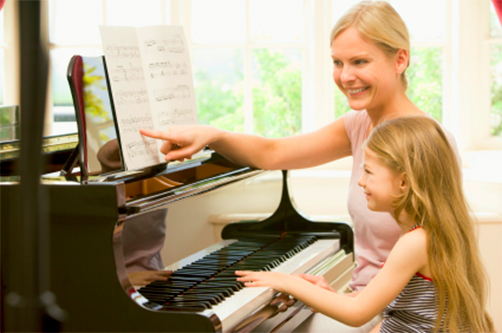
Junior schoolchildren with pleasure go to musical circles.
The school instills them skill to work and place time, is in the team. Study helps the verbal-logical and semantic processing of information and its memorization, the development of thinking and the formation of elementary scientific concepts.
Children at this age love to perform. The child can sing or dance, participate in holidays and matinees. By the way, singing and dancing can be very useful not only for the aesthetic, mental and moral development of the child, but also for its physical development. So, thanks to singing, the child has a breathing apparatus, the posture is improved, blood circulation is normalized.
